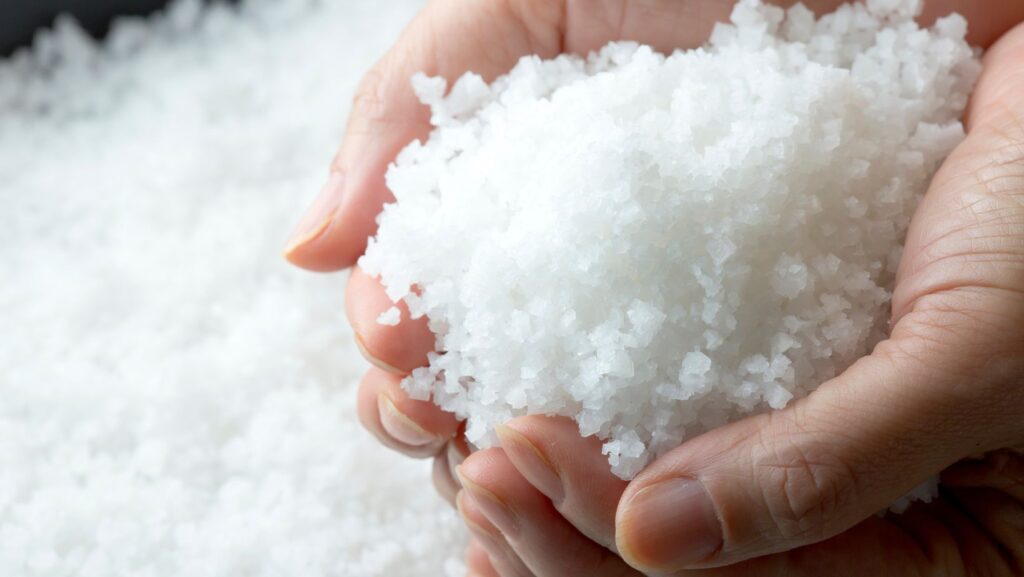Driving near salty roads or areas with sea air can harm cars. The bottom of the chassis rusts fast. Salt pulls in water, which makes rust spread. To stop this, cars need good coatings, clean prep, and new layers added at the right time. While it’s getting done, you can have a short break and enjoy the latest games on TonyBet.
Why Salt and Sea Air Are So Damaging
Salt is more than dirt on the surface. It pulls in water and makes metal rust faster. Cars near the sea get salty air on their parts. Even if the car looks clean, rust can still form underneath.
Common Trouble Spots Under a Vehicle
Rust does not spread evenly. It often begins in hidden corners or joints. Some common problem areas include:
- Frame rails
- Suspension arms
- Weld seams
- Brake and fuel lines
- Crossmembers
Once these spots weaken, repairs can become expensive or even unsafe.
Surface Preparation Before Coating
If you don’t prepare the surface first, the coating will not stop rust. The surface needs to be cleaned first. Old rust must be removed using wire brushes, grinders, or sandblasting. After cleaning, the surface should be degreased. Even a small patch of oil can prevent a coating from bonding. Preparation is as important as the coating itself.
Zinc Coatings
Zinc coating, also called galvanizing, adds a shield. The zinc rusts first, which protects the steel below it. This “sacrificial protection” makes it useful for frames and suspension parts. One drawback is that zinc alone may not last forever. In salt-heavy areas, reapplication or touch-ups are often needed every few years.
Epoxy Coatings
Epoxy paint is popular for DIY use. It makes a hard layer that keeps out salt and water. It works best on clean steel and resists chips. But if it cracks, it can trap moisture and cause hidden rust. That’s why checking and fixing it is important.
Ceramic Coatings
Ceramic coatings are new but work very well. They fight heat, chemicals, and salt better than paint. Many garages now use ceramic sprays to protect cars. They are more expensive but last longer than epoxy or zinc. This makes them a good choice for harsh weather.
Combining Coatings for Extra Protection
No single coating is perfect. In many cases, mechanics combine methods. For example, zinc may be applied first for sacrificial protection, then covered with epoxy or ceramic for a sealed finish. Layering coatings improves durability. It also creates a backup if one layer fails.
Reapplication Timing
Even the best coatings can wear out. Rocks, snow, and gravel can damage them. Check your vehicle at least once a year in salty areas. Some coatings last 2–5 years, but some need reapplying sooner. The best time to add a new coat is before winter.
Seasonal Washing and Maintenance
Coatings help, but washing is still important. Rinse the underside after driving on salted roads. In winter, wash every one or two weeks. Good habits plus coatings keep your car safe from rust.
DIY vs Professional Application
Some coatings can be applied at home with spray cans or brushes. Epoxy paints are common for this. But professional applications often last longer.

Shops can clean and protect cars with sandblasting, strong sprays, or ceramic coatings. In very salty areas, using a professional can save money later.
Cost vs Durability
Cost matters when choosing a coating. Zinc is affordable but needs more upkeep. Epoxy is mid-range and widely available. Ceramic coatings cost more but last longer. Drivers should consider how much salt they encounter. If you drive in winter or near the sea, paying a little more now can save money on repairs later.
Safety Benefits of Proper Coatings
Stopping rust is more than keeping a car looking nice. Rust can make the frame weak. It can also cause brake or fuel leaks. Protecting these parts keeps the car safe. Coatings add value by reducing risks on the road.
Environmental Considerations
Some coatings have chemicals that can hurt the environment. New ceramic and water-based coatings are safer. Using local, eco-friendly products helps. Checking and maintaining parts also creates less waste.
The Role of Inspections
Coatings should always be backed up with inspections. Rust can form under hidden areas, even with protection. Mechanics use lifts to check welds, seams, and coated parts. Catching early signs of rust gives time for touch-ups instead of costly replacements.




